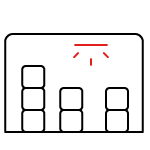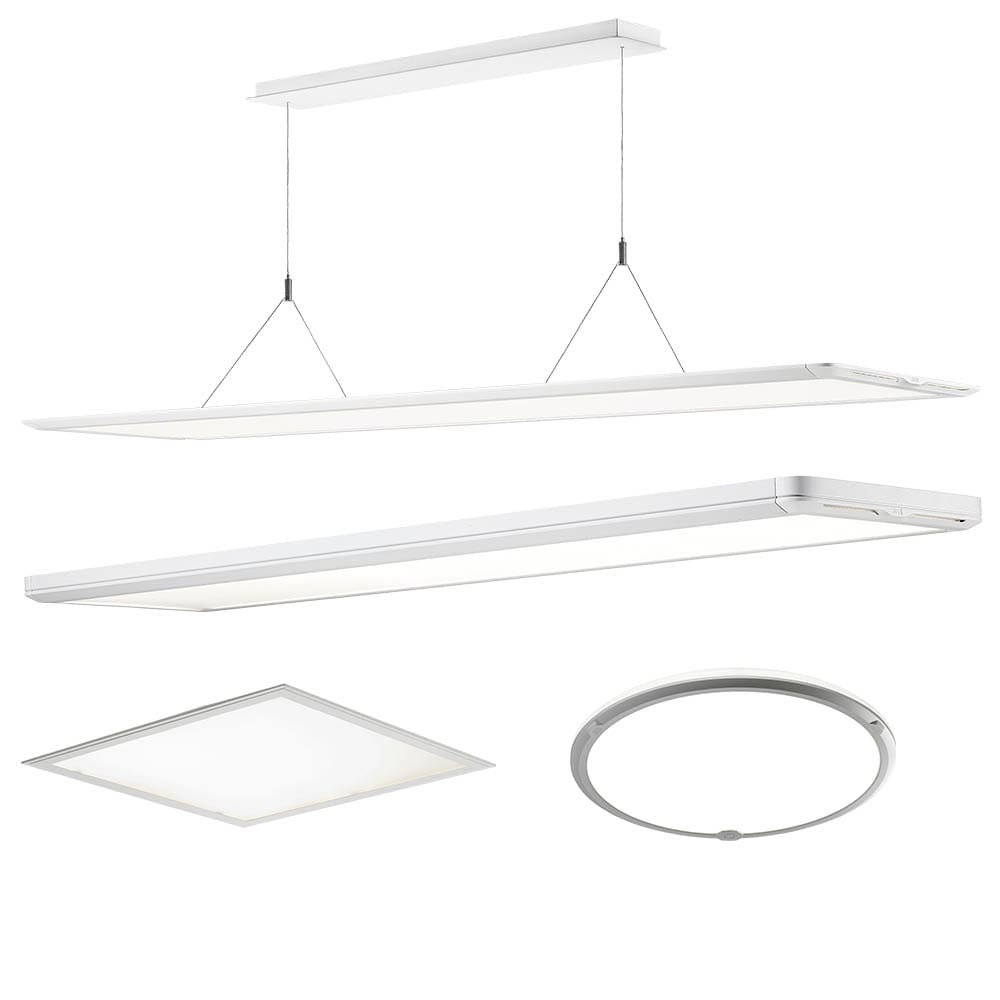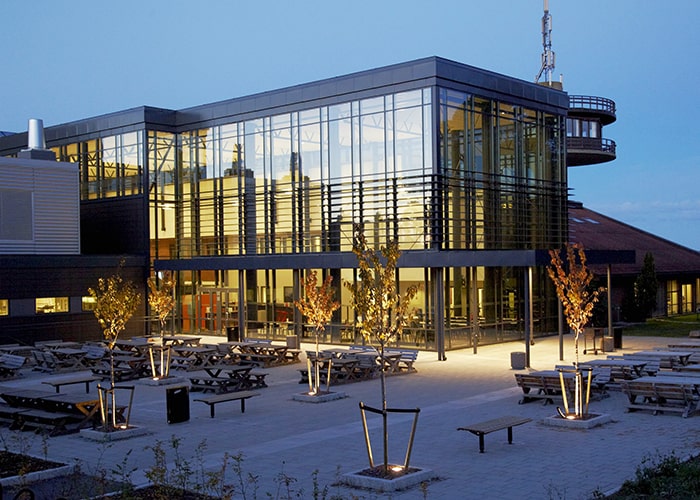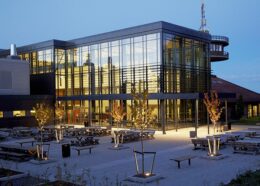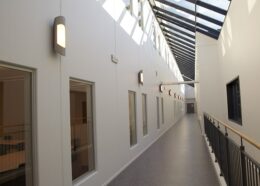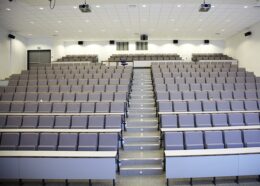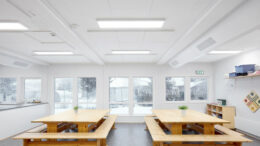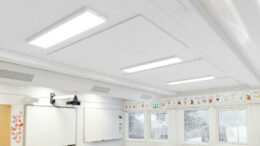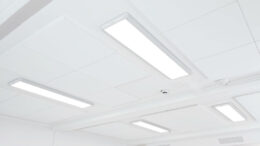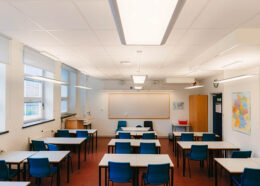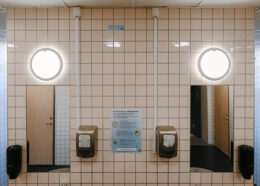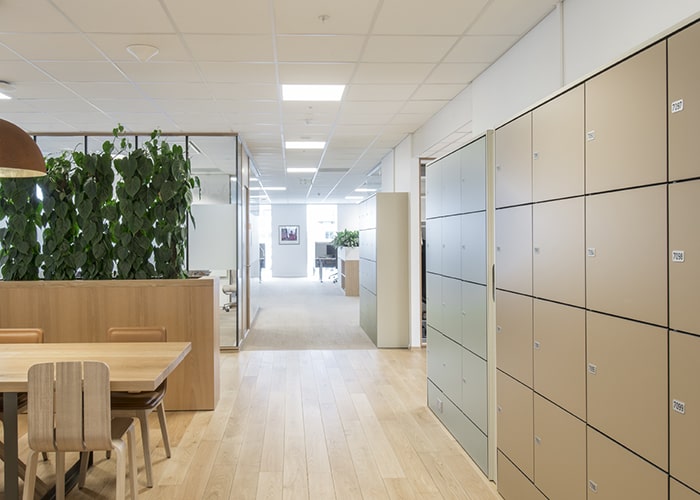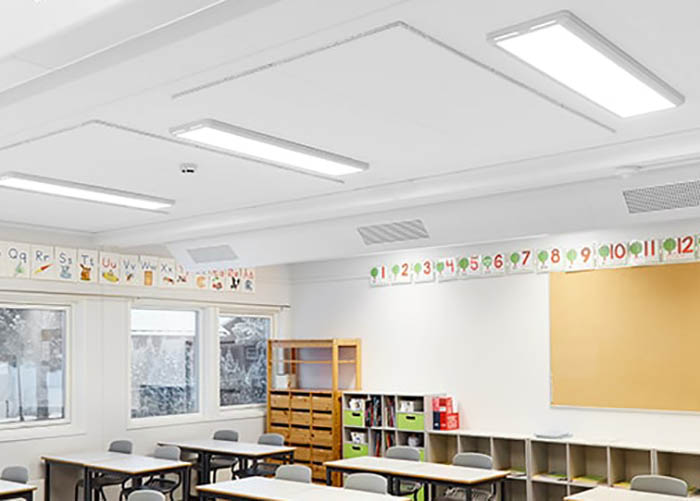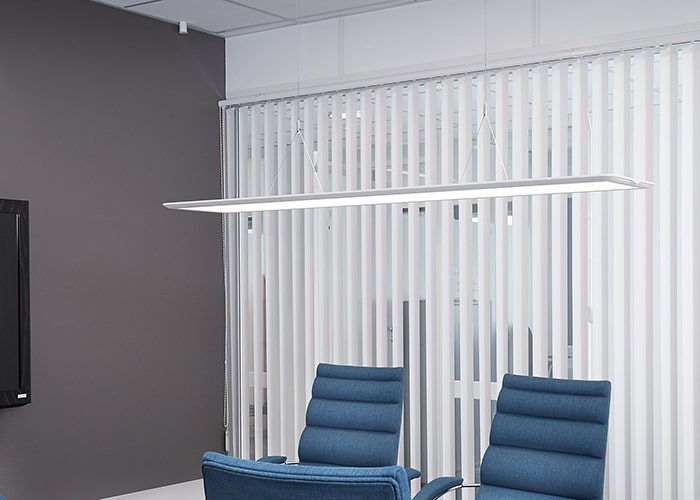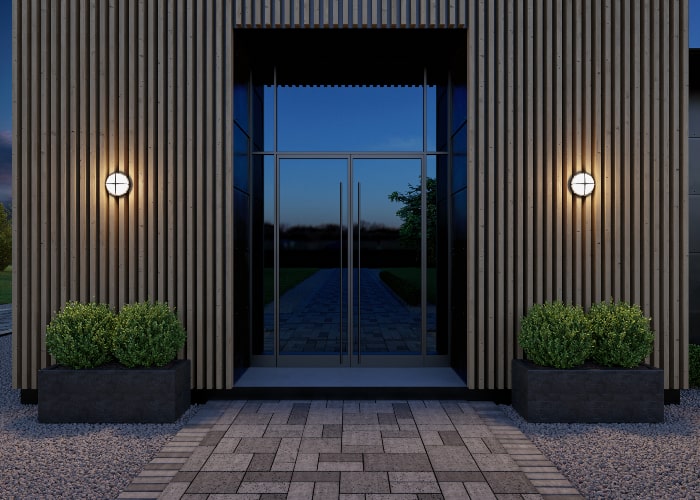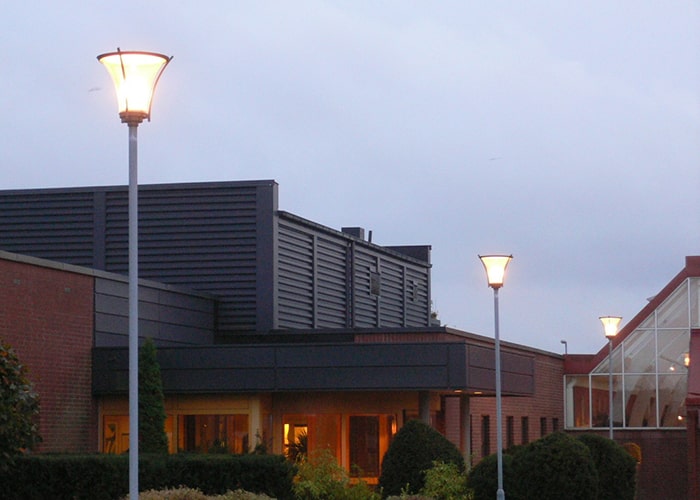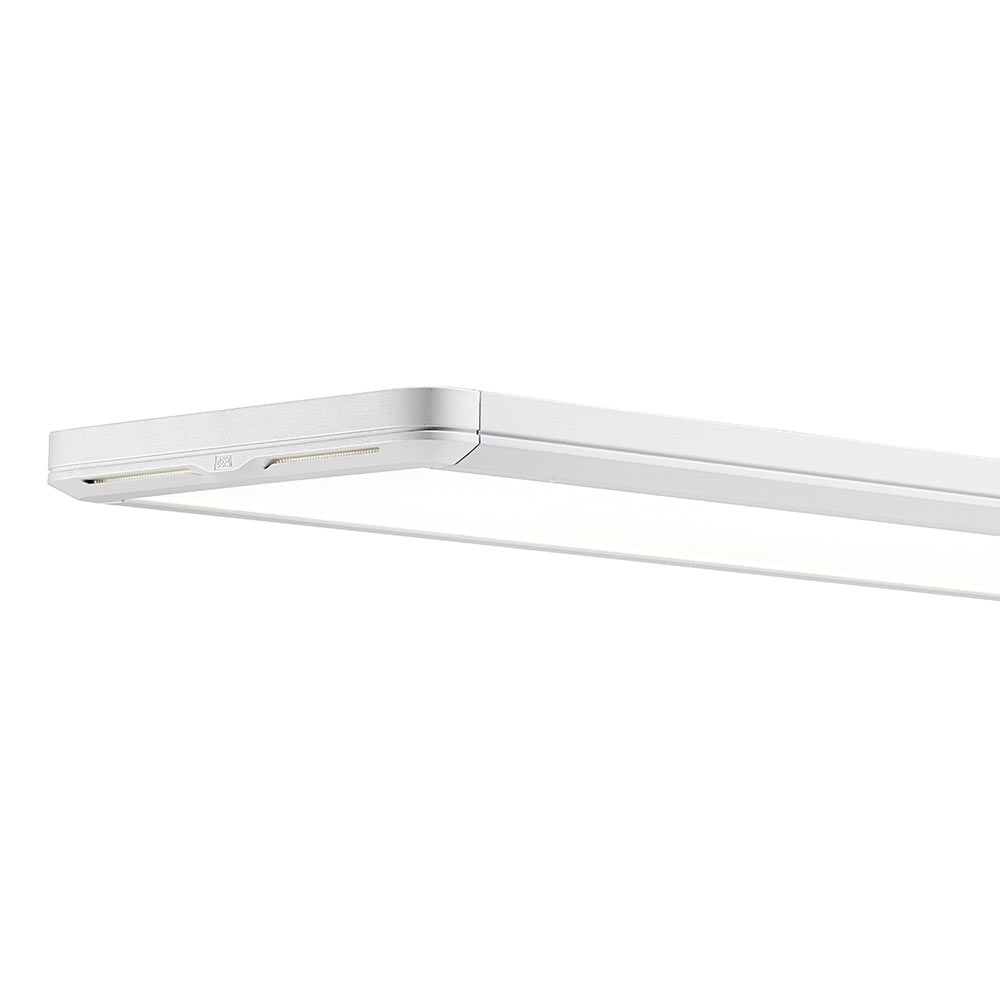Schools are our most important arena for learning and socialization. The right lighting contributes to giving both students and teachers a better and more creative learning environment, where it's easier to learn and easier to thrive.
The value of getting light right
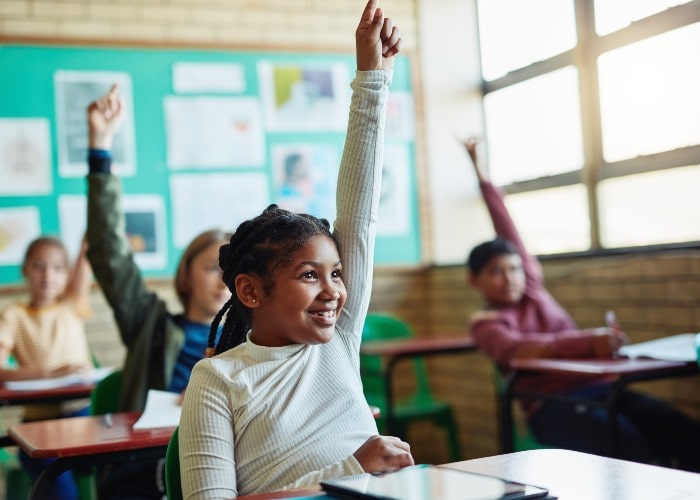
Improved performance
The light in our environment affects our energy level, mood, circadian rhythm, and health. The right lighting solution helps students focus and feel energized throughout the day. Over time, this contributes to improved confidence and motivation.
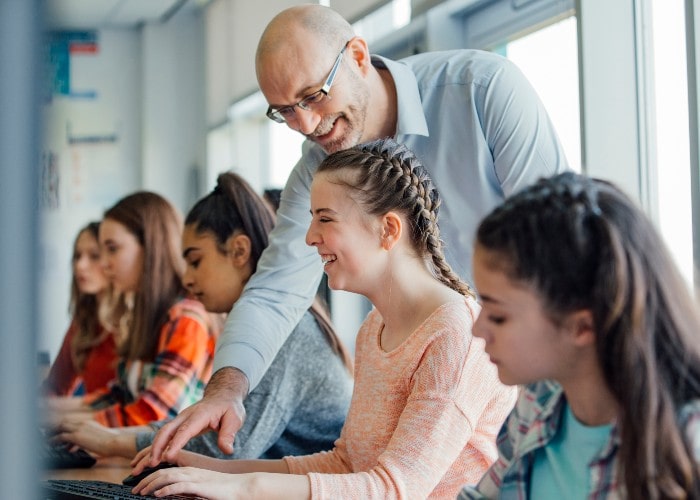
Increased well-being
The right light at the right times leads to improved well-being and better moods for both students and teachers. Energized students find it easier to engage and socialize, creating a better classroom environment and a better relationship between students and teachers.
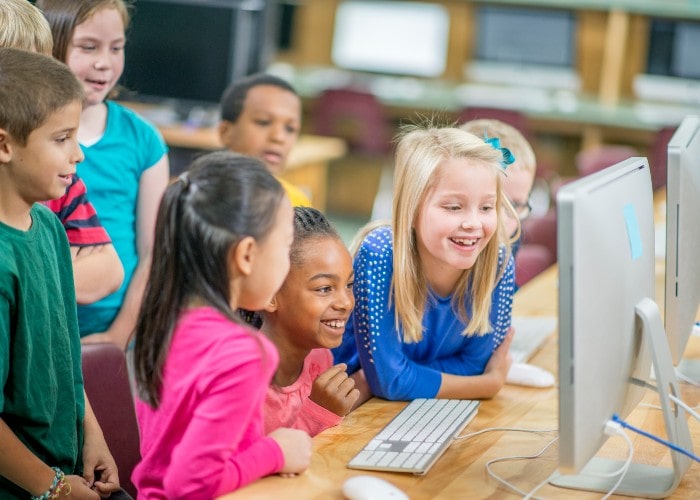
Reduced power consumption
High-quality fittings and smart control solutions provide the best possible combination of durability, efficiency and intelligent consumption. High-end fittings have a long life expectancy and are completely maintenance-free. The right combination of sensors and manual controls ensures that the light is only on when it’s needed.
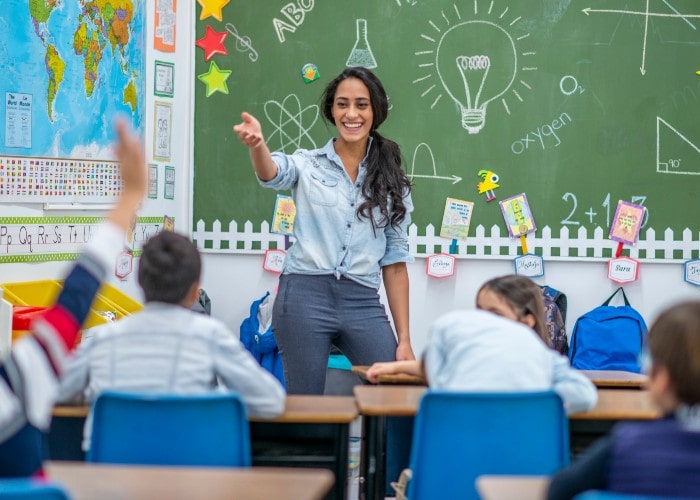
Human Centric Lighting
How human-oriented lighting works
HCL can produce light with varying intensity and colour temperatures. The light is programmed to automatically adjust this throughout the day, to provide the best possible lighting conditions for waking and focusing, and for rest and relaxation. The optimal light curve throughout a day in a classroom is not quite the same as in a nursing home, or in a factory where employees work shifts.
Adapted lighting helps give students and teachers more energy, better concentration and an increased sense of mastery.
Applications
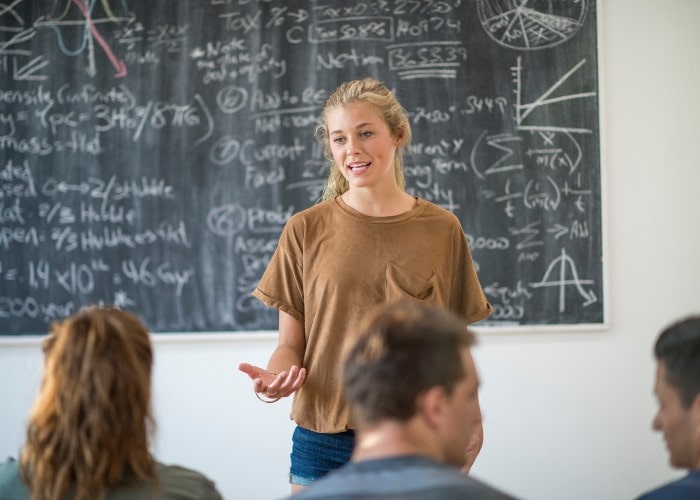
Classrooms
Modern classrooms are used for a wide variety of activities and modes of learning. An ideal lighting solution must be planned to satisfy the criteria set for light levels, and whether the classroom has a traditional blackboard or an interactive whiteboard.
To provide a dynamic learning environment, we recommend Human-Centric Lighting solutions. Human-centric lighting is based on the body’s response to natural light. By automatically adjusting the amount and color temperature of the light throughout the day, these solutions help students and teachers stay focused. The teacher can also activate “test-lighting” to help students do their best during tests.
The right light is especially important in creating environments for visual learning. The right color temperature and light level, along with the absence of glare, contributes to creating a pleasant environment that promotes curiosity and creativity. The right light level and accurate color rendering it easier to learn with and about colors, shapes and sizes.
Sensors and automated control systems help minimize energy consumption by turning off light when the room is not in use.
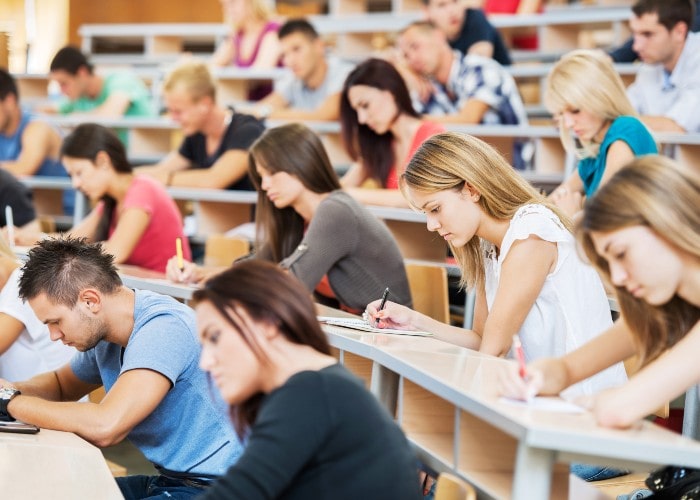
Auditoriums
Auditoriums are used in many of the same ways as classrooms, only on a larger scale, with higher ceilings and longer distances. By design, many auditoriums also have limited access to natural light.
An ideal lighting solution must provide adequate light for regular teaching, for video or projector sessions. During regular classes, there must be enough light on all work surfaces. It’s also important to avoid glare and reflections of works surfaces and screens. The lighting should be planned in a way that ensures that both vertical and horizontal surfaces get the ideal amount of light. This prevents unwanted contrasts that make it difficult for the teacher and the students to communicate.
Many auditoriums are also used for lectures, performances and adult education and lighting solutions must be able to provide enough light for audiences of all ages.

Nursery schools and activity rooms
Lighting in nursery schools and activity rooms must be designed to aid play, visual communication, and other activities like crafting, drawing, and painting. These environments must be dynamic, and the light should stimulate learning by using the right light solution for each room and activity. With the right color temperatures, lux levels and visual comfort, the environment will come alive and help children better perceive colors, shapes, sizes, and distances.
Eye contact and the ability to read facial expressions and body language is vital for communication, bonding and a sense of security, and the lighting must provide a safe environment for exploration and growth.
Automated and manual control solutions can adjust the light throughout the day, allow the light to be dimmed during naptime and reduce consumption by turning the light off when no one is present.
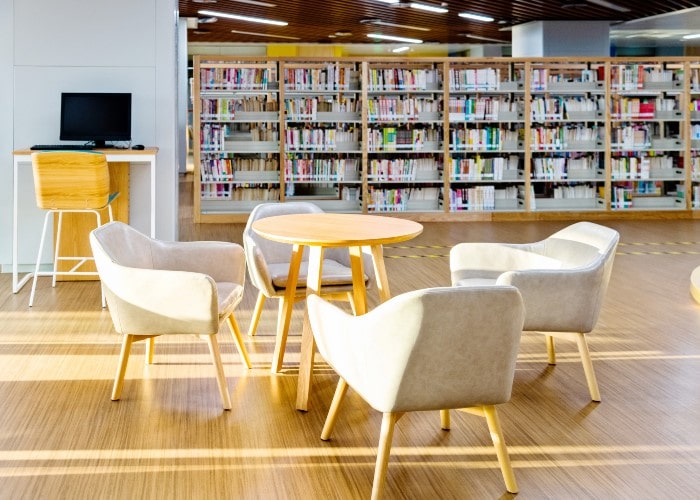
Libraries and study areas
Libraries and study areas are used both for individual and group work. In areas intended for reading and studying there should be enough light on all work surfaces. The glare and reflections from screens should be as low as possible and the color rendering should be at least 80 RA to ensure that photographs, images and art come to life as they should.
Asymmetric lighting and sufficient vertical luminance make it easy to find the right titles, both on the highest and the lowest shelves.
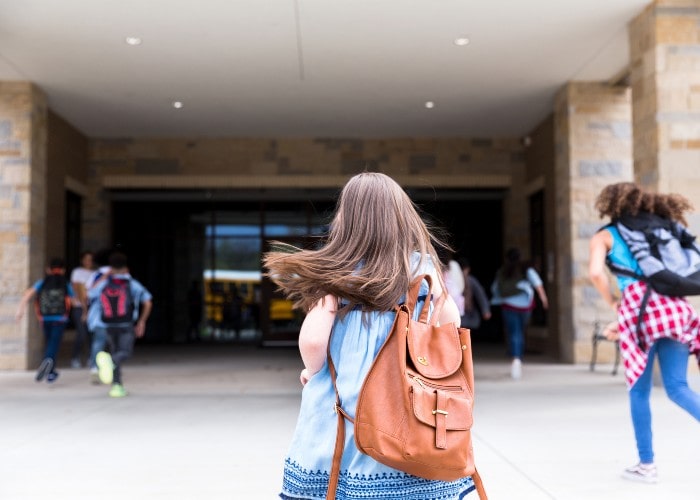
Entrance areas
Entrance areas should be designed to be inviting. During the day, slightly higher light levels help ease the transition from natural to artificial light. In the afternoon and evening, the light level can be reduced. Daylight sensors and other intelligent control solutions are a good way to help optimize the light.
If the entrance area is also used as a reception, exhibition and assembly area, the lighting solution should be designed with this in mind.
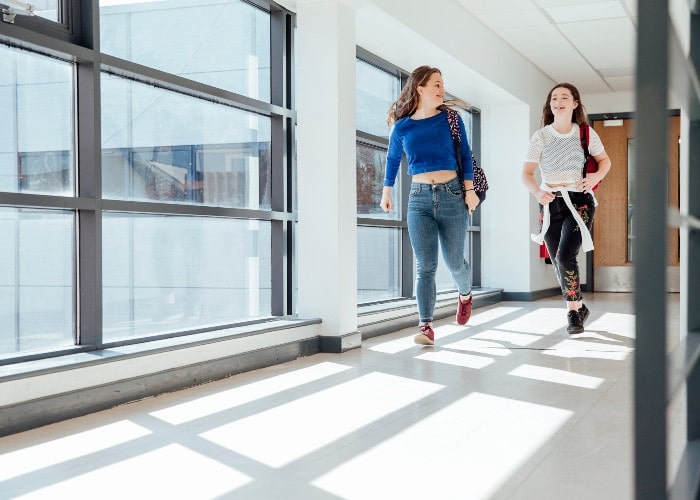
Hallways and stairwells
Hallways and stairwells are crucial for the movement of students and teachers from one room to another and are important in providing a pleasant and inviting atmosphere.
Long corridors require higher light levels to help students and teachers see each other and maintain eye contact over larger distances. The lighting should compensate for varying access to natural light from windows, and ensure uniform light levels.
Hallways and stairwells are also an important arena for socializing and are used to display information, student works and art. Diffused light with adequate color rendering and low glare help ensure that everything is represented as it should.
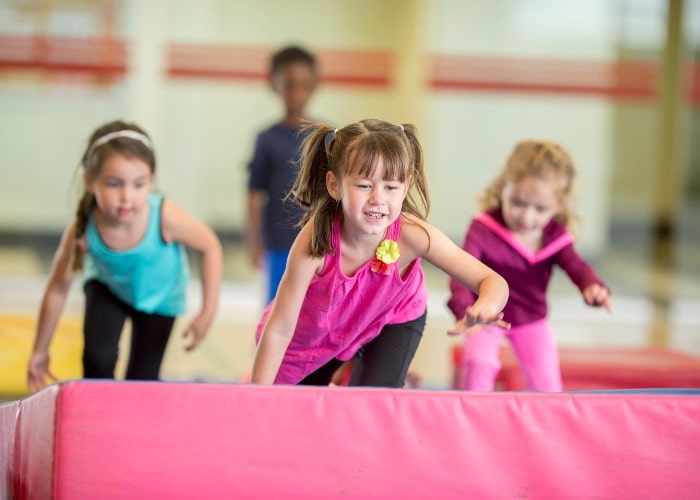
Sports halls
Sports halls are used for a number of different activities, many of which require different light levels. The lighting should always be designed for the most demanding application. Larger sports halls can often be divided up into several sections, and it’s important that the lighting in each section can be controlled separately. When the entire hall is used, the light should be even throughout. Many activities and sports also require participants to look up towards the ceiling, and minimizing glare is an important consideration.
Fittings in sports halls may be hit with balls or other equipment and should have a sufficient IK rating to withstand repeated impacts. Fittings should also be designed to not collect dust since the high ceilings make them more challenging to clean.
Sports halls are often used for non-sports related events and lighting should be designed with this in mind. Dedicated lighting for a stage or presentation area that can be controlled separately increases flexibility. Sensors are a good way to reduce power consumption by automatically switching off the light when no one is present.

School cafeterias
The lighting in the cafeteria should be designed to create a relaxing and social atmosphere. Sufficient color rendering brings out the natural colors of the food and helps make the meal more appetizing and enjoyable. Fittings that are easy to clean helps maintain proper hygiene.
School cafeterias are often also used for assemblies, presentations and other events and the lighting solution should take these needs into account. Sections serving as a stage or presentation are should have dedicated lighting solutions that can be separately controlled.
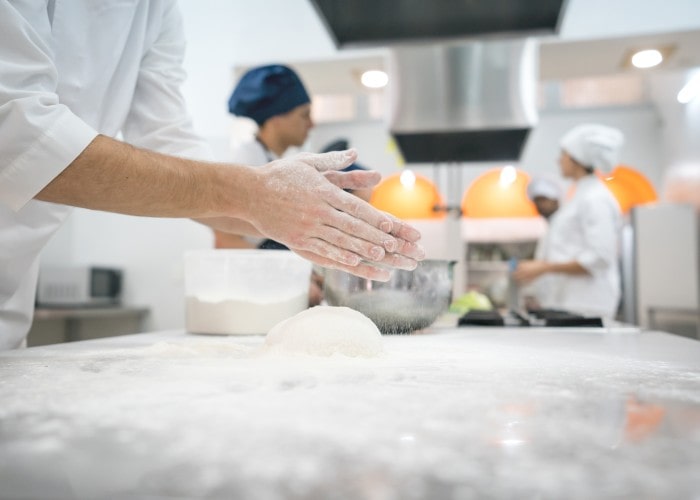
Kitchens
Kitchen lighting solutions should provide the best possible working conditions for staff while having the appropriate IP grade and being easy to keep clean.
Color is an important part of selecting ingredients as well as cooking and enjoying food. For this reason, lighting solutions in kitchens should have accurate color rendering, low glare, and high uniformity on all work surfaces.
Ledge® Surface
“One of the best things about this product is that you first mount the lightweight mounting plate, and then simply click on the fitting. This mechanism lowers the strain on your neck and shoulders. There’s also enough room for the mounting brackets behind the lamp, and the position of the fitting can be adjusted by a few centimeters on the brackets. It’s easy to mount, nice to look at and the quality is excellent.” – Jan-Eirik Midsundstad, EDA – Installer.
Reference projects
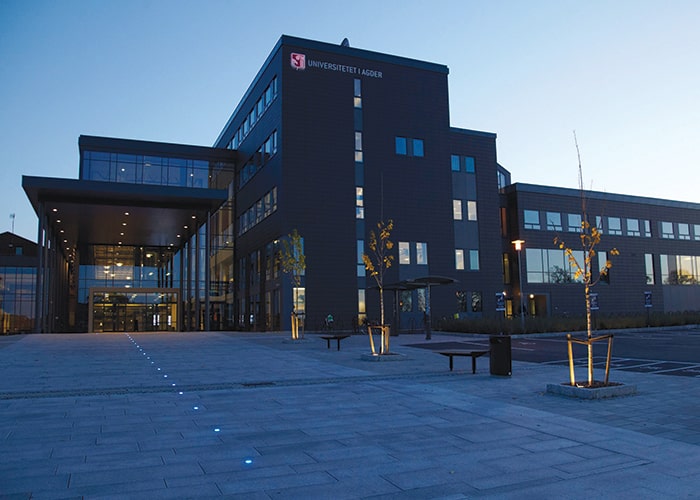
University of Agder in Arendal
We have delivered all lighting solutions, both indoor and outdoor, at the University of Agder in the city of Arendal in the south of Norway.
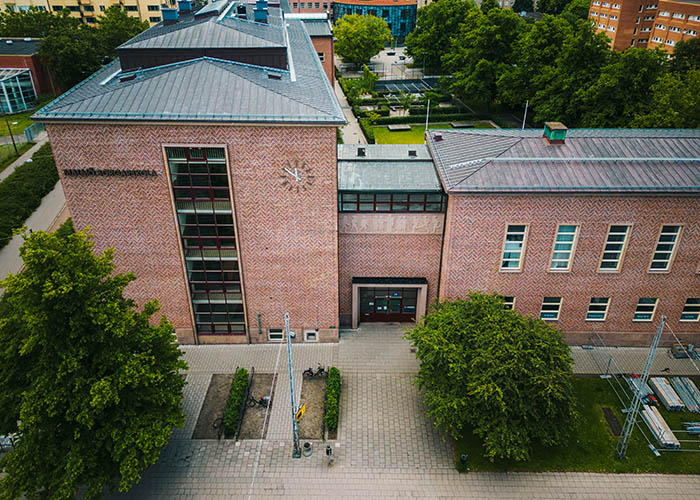
Borgar School in Malmöe
We have delivered new lighting solution in Borgar gymnasium in Malmoe.
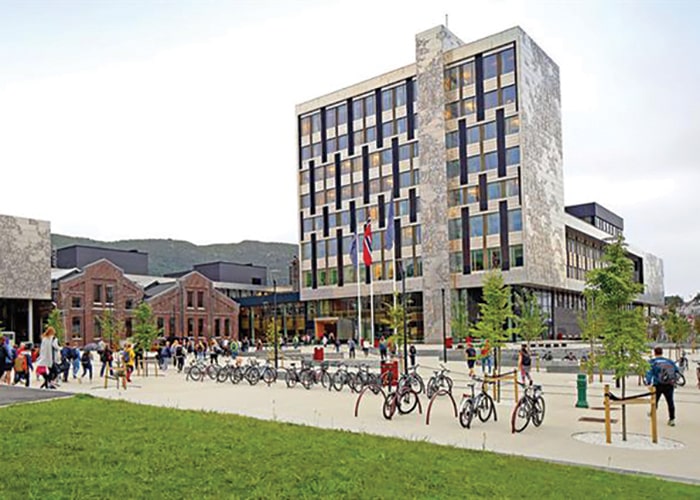
University of Applied Sciences in Bergen
We have delivered new interior lighting solutions at the University of Applied Sciences, Western Norway in the city of Bergen.
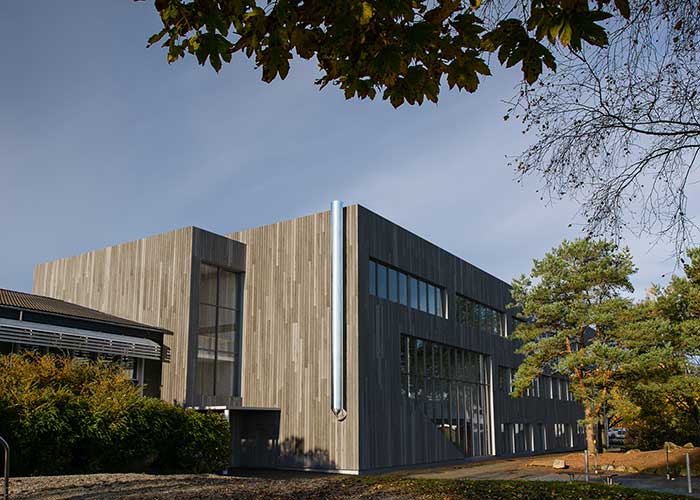
Sandved school in Sandnes
We have delivered interior and exterior lighting solutions at Sandved new primary school in the city of Sandnes in Western Norway.

 Lighting
Lighting
